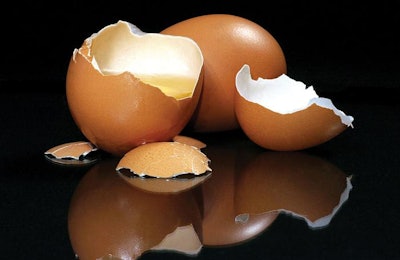
All of the votes from the November 8, 2016, election haven’t been tallied yet, but Massachusetts voters overwhelmingly approved Question 3, which phases out “extreme methods of farm animal confinement.” The ballot resolution makes it unlawful “for a business owner or operator to knowingly engage in the sale” within Massachusetts of “any shell egg which is produced by a hen that was confined in a cruel manner.
“Confined in a cruel manner means confined so as to prevent a covered animal from lying down, standing up, fully extending the animal’s limbs or turning around freely.” The act defines different types of enclosures as including “battery cage, enriched cage or colony cage.” Fully extending the animal’s limbs means is defined as requiring 1.5 usable square feet of floor space per laying hen.
But, nothing specifically says that the birds must be housed in a cage-free environment.
The Attorney General of Massachusetts is charged with promulgating rules and regulations for implementation of the law by January 1, 2020, and the act will take effect on January 1, 2022. Unless the Attorney General interprets this act as requiring cage-free housing, I see the Massachusetts egg market joining California as one that allows cage-produced eggs from hens given more space per bird than is the industry norm at this time. However, if the cage-free purchase pledges from retailers and foodservice outlets are acted upon, many of which have 2025 as their promise dates, then one would expect that by 2022 a lot of Massachusetts eggs would be cage free.
Based on 2015 census figures and the U.S. average per capita consumption over the past five years and assuming that one-third of egg consumption is in egg products, it takes about 4.8 million hens to satisfy the shell egg needs of Massachusetts.


















